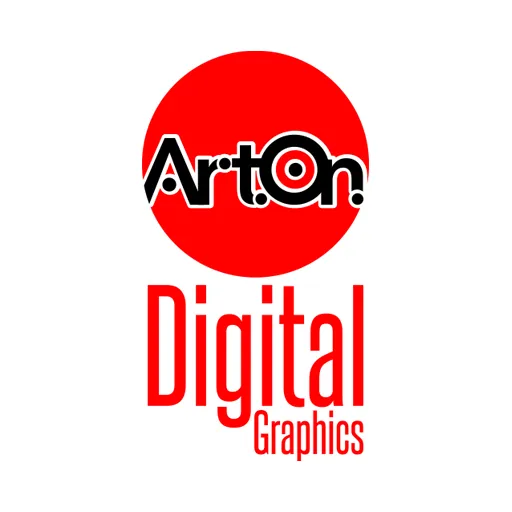
create a logo of branding.
Creating a logo involves several steps and considerations to ensure it effectively represents a brand or organization. Here's an overview of the logo-making process:
1. Understanding the Brand
- Research: Gather information about the brand, its mission, values, target audience, and industry. This helps in designing a logo that aligns with the brand's identity.
- Brand Personality: Define the brand's personality traits (e.g., modern, classic, playful, serious) to guide the design style.
2. Conceptualization
- Brainstorming: Generate ideas and concepts that reflect the brand’s identity. This can involve sketching rough ideas or using mind maps.
- Mood Boards: Create a collection of visual inspirations, including colours, fonts, and styles that resonate with the brand.
3. Design Elements
- Typography: Choose fonts that complement the brand’s style and ensure readability.
- Colour Palette: Select colours that evoke the desired emotions and align with the brand's identity. Consider colour psychology in this process.
- Iconography: Develop symbols or icons that represent the brand’s core message or services.
- Shapes and Layouts: Decide on the overall shape and structure of the logo. This includes considering balance, symmetry, and harmony.
4. Drafting and Refinement
- Sketching: Create initial sketches to explore different design directions. This can be done on paper or digitally.
- Digital Design: Use graphic design software (e.g., Adobe Illustrator, Sketch) to create digital versions of the best sketches.
- Iterations: Refine the design through multiple iterations, incorporating feedback and making adjustments as needed.
5. Feedback and Testing
- Client Feedback: Present the logo designs to the client and gather their feedback. Be prepared to make revisions based on their input.
- Market Testing: Test the logo with a sample of the target audience to ensure it resonates and conveys the right message.
6. Finalization
- Polishing: Make final adjustments to ensure the logo is polished and professional.
- Formats and Variations: Prepare the logo in various formats (e.g., vector, raster) and variations (e.g., colour, black and white, horizontal, vertical) for different uses.
- Style Guide: Create a style guide that outlines the correct usage of the logo, including colours, spacing, and placement guidelines.
7. Delivery
- File Delivery: Provide the client with the final logo files in the necessary formats (e.g., .AI, .EPS, .PNG, .JPEG) for use in print and digital media.
- Support: Offer support for any additional needs, such as resizing or adapting the logo for specific applications.
Key Considerations
- Simplicity: Ensure the logo is simple enough to be easily recognizable and memorable.
- Versatility: The logo should be effective in various sizes and contexts, from business cards to billboards.
- Timelessness: Aim for a design that will remain relevant and effective over time, avoiding overly trendy elements.
Creating a logo is a creative and iterative process that requires a deep understanding of the brand and a keen eye for design. The goal is to craft a visual identity that effectively communicates the brand's essence and appeals to its target audience.
The time required to design a logo varies depending on the complexity of the project, but it typically takes anywhere from a few days to several weeks, including research, design, and revisions.
A good logo is simple, memorable, versatile, relevant to the brand, and timeless. It should effectively communicate the brand's message and values.
You can protect your logo by trademarking it, which gives you legal rights to its exclusive use. Consult with a legal professional to navigate the trademark process.
